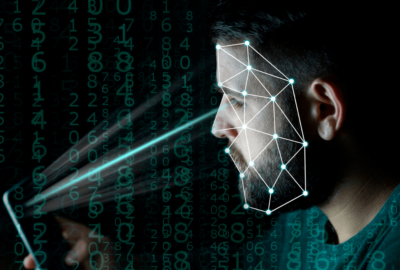CBP building on facial recognition successes as travelers reap benefits of expedited process
Facial recognition technology is becoming more and more prevalent at borders and airports.
To date, U.S. Customs and Border Protection has processed over 100 million travelers through facial biometrics.
Facial recognition technology has been championed by supporters for benefits such as improved security and streamlining a wide array of processes. But it continues facing opposition over concerns about issues such as privacy and demographic bias.
Nonetheless, the expansion of facial recognition technology isn’t slowing down.
Beyond use at land borders, CBP has implemented biometric facial comparison technology at entry into the United States at 198 airports, 32 airports for exits and across multiple terminals at eight seaports. It’s also expanding the use at land borders by testing the effectiveness of capturing facial images of passengers in moving vehicles at a pilot port in Texas.
CBP’s expansion to all these environments has led to increased successes in law enforcement.
“We’ve been able to biometrically confirm over 113 overstays on exit using facial comparison technology,” said Joy Hardin, deputy executive director of planning, program analysis and evaluation at CBP, during a Center for Strategic and International Studies (CSIS) panel. “In addition, what we found is this algorithm and the ability to quickly match has lent to our ability to identify imposters. Since we’ve been using this since basically 2018, we’ve captured more than 950 imposters.”
Travelers at airports — and even at some cruise lines — are reaping the benefits as CBP works with commercial industry to implement facial recognition technology more broadly. While opting in to use face scans at airports is optional, many travelers have no issue with using the expedited options to make their travel process easier.
“I think we’ve had some success stories where they boarded a 300-plus passenger aircraft in 20 minutes, which is completely unheard of,” Hardin said. “It’s definitely a process that I think people see the benefit, but it does rely on industry being able to implement that technology and to get the cameras integrated with their systems to board the aircraft quickly.”
In partnership with the Transportation Security Administration, another DHS component, CBP has been piloting the use of facial matching for screening and identity verification of pre-check passengers at the Detroit Metropolitan Wayne County Airport. Hardin said CPB hopes to expand the pilot to Atlanta by the end of the year.
But critics of the expansion at airports and other public spaces worry about privacy concerns with how the data is being used and a lack of oversight — as well as bias in the technology that leads to higher error rates among certain demographics.
The Government Accountability Office recently released a report with recommendations to federal agencies to better asses the risks of facial recognition technology.
John Boyd, assistant director for the Office of Biometric Identity Management at DHS, acknowledged that there are valid concerns about the rapid deployment of facial recognition technologies without proper controls, but added that some of the concerns are being politicized and over-simplified, causing an exaggerated sense of risk.
Several jurisdictions around the country have begun adopting their own regulations around facial recognition technology, which Boyd said combined with the absence of federal laws is leading to regulatory fragmentation and a slowing of innovation, an issue that Congress should address.
“Today, public perception and fear of surveillance, as well as the improper use of these technologies is impeding the responsible adoption of capabilities that can counter national security threats, reunify families and confront fraud — while providing benefits to citizens and immigrants alike,” Boyd said during the CSIS panel. “We call upon Congress to consider a public education campaign that accompanies existing and future legislation on biometrics.”
Copyright © 2025 Federal News Network. All rights reserved. This website is not intended for users located within the European Economic Area.
Alazar Moges is digital engagement editor at Federal News Network.
Follow @amogesWFED






